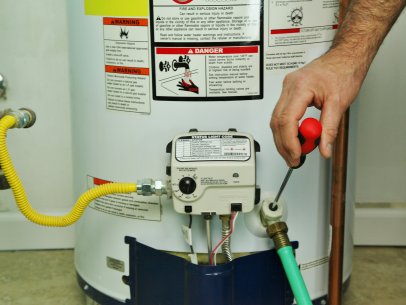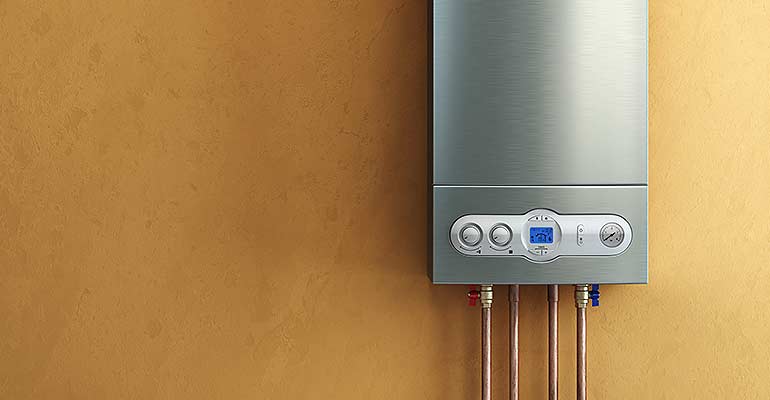Caring for Your Home's Hot Water System: Key Guidelines
Caring for Your Home's Hot Water System: Key Guidelines
Blog Article
Here in the next paragraphs you can find a lot of reliable information in regards to Tips on Maintaining a Water Heater.

Hot water is essential for day-to-day comfort, whether it's for a rejuvenating shower or washing dishes. To guarantee your hot water system runs successfully and lasts longer, routine upkeep is crucial. This post provides functional suggestions and understandings on how to preserve your home's warm water system to prevent disruptions and pricey repairs.
Intro
Keeping your home's hot water system could seem difficult, yet with a few easy steps, you can guarantee it operates efficiently for several years ahead. This overview covers everything from understanding your hot water system to DIY maintenance ideas and recognizing when to call in expert assistance.
Importance of Maintaining Your Hot Water System
Normal maintenance not only expands the life-span of your hot water system yet additionally ensures it runs effectively. Overlooking upkeep can lead to lowered efficiency, higher energy costs, and even premature failing of the system.
Signs Your Hot Water System Needs Maintenance
Understanding when your hot water system requires attention can stop significant issues. Watch out for indications such as irregular water temperature level, strange noises from the heating system, or rusty water.
Flushing the Hot Water Heater
Flushing your hot water heater eliminates debris build-up, improving performance and extending its life.
Checking and Replacing Anode Rods
Anode poles protect against corrosion inside the tank. Examining and changing them when broken is crucial.
Facility Issues Needing Specialist Aid
Instances include significant leaks, electrical troubles, or if your water heater is continually underperforming.
Regular Professional Upkeep Perks
Professional maintenance can consist of comprehensive inspections, tune-ups, and guaranteeing conformity with safety standards.
Checking and Adjusting Temperature Level Settings
Changing the temperature level settings makes certain ideal efficiency and security.
DIY Tips for Maintenance
You can do numerous upkeep jobs yourself to keep your hot water system in leading condition.
Checking for Leakages
On a regular basis check pipes and links for leakages, as these can lead to water damage and greater expenses.
Recognizing Your Warm Water System
Before diving right into maintenance jobs, it's valuable to understand the standard components of your warm water system. Usually, this includes the hot water heater itself, pipelines, anode poles, and temperature controls.
Month-to-month Maintenance Tasks
Normal regular monthly checks can aid catch small problems before they rise.
Testing Stress Relief Valves
Checking the stress relief valve guarantees it functions correctly and protects against excessive stress build-up.
Insulating Pipes
Protecting warm water pipes lowers heat loss and can conserve power.
When to Call a Professional
While DIY maintenance is beneficial, some problems call for professional know-how.
Conclusion
Routine maintenance of your home's hot water system is necessary for efficiency, durability, and price financial savings. By following these ideas and knowing when to seek expert aid, you can ensure a reputable supply of warm water without unanticipated disruptions.
How to Maintain an Instant Hot Water Heater
Before tinkering with your hot water heater, make sure that it’s not powered on. You also have to turn off the main circuit breaker and shut off the main gas line to prevent accidents. Also turn off the water valves connected to your unit to prevent water from flowing into and out of the appliance. 2. When you’re done, you have to detach the purge valves’ caps. These look like the letter “T†and are situated on either side of the water valves. Doing so will release any pressure that has accumulated inside the valves while at the same time avoid hot water from shooting out and burning your skin. 3. When the purge valves’ caps are removed, you have to connect your hosing lines to the valves. Your unit should have come with three hoses but if it didn’t, you can purchase these things from any hardware or home repair shops. You can also get them from retail stores that sell water heating systems. Read the user’s manual and follow it to complete this task properly. When the hosing lines are connected, open the purge port’s valves. 4. You should never use harsh chemical cleaners or solutions when cleaning your unit. Make use of white vinegar instead. It should be undiluted and you’ll probably use about 2 gallons. 5. Now flush your water heater. This task should probably take about 40 minutes. We can’t give you specific directions for this because the procedure is carried out depending on the type, model and brand of your heater. With that being said, refer to the user’s manual. 6. When you’re done draining the unit, you have to turn off the purge port valves again. Remove the hosing lines that you earlier installed on each of the water valves. Put the valve caps (purge port) back in their respective places and be very careful so as not to damage the rubber discs that are found inside these caps. 7. Now that everything’s back in place, check your user’s manual again to find out how to reactivate your water heating system. 8. Once it is working, turn one of your hot water faucets on just to let air pass through the heater’s water supply pipes. Leave the tap on until water flows smoothly out of it. https://www.orrplumbing.com/blog/2014/september/how-to-maintain-an-instant-hot-water-heater/

We were made aware of that write-up on How to Maintain a Hot Water Heater in a Few Simple Steps from a pal on a different web property. Do you know about someone else who is very much interested in the topic? Please feel free to share it. Thank you for taking the time to read it.
Click Here To Find Out More Report this page